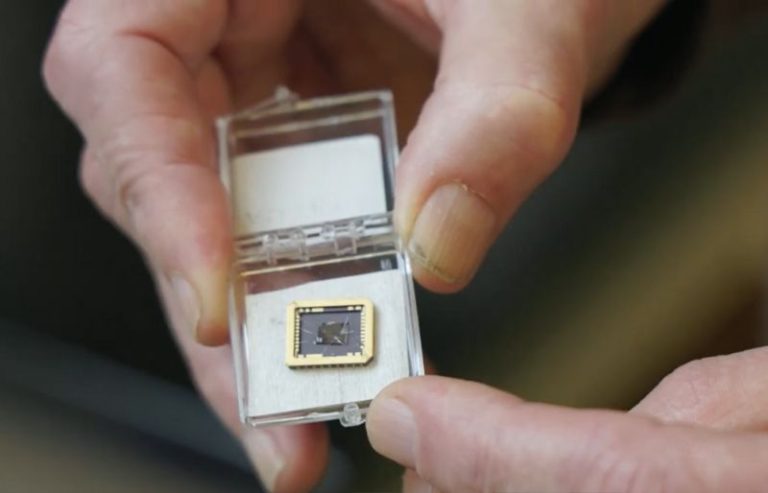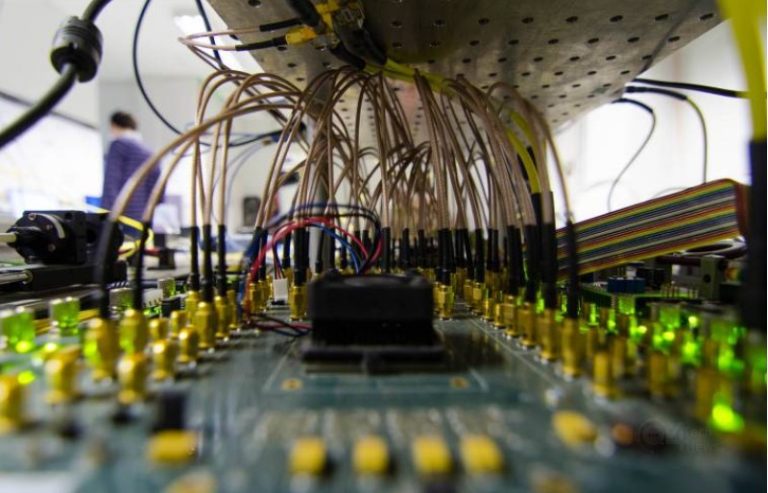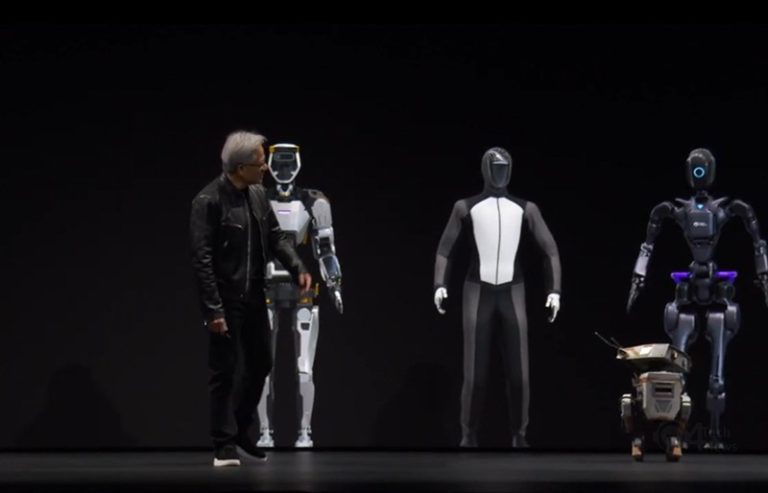Coal, an unexpected candidate, has demonstrated remarkable insulating properties suitable for the thinner 2D transistors of the next generation, according to a recent report from IEEE Spectrum. Researchers are exploring the use of coal as an insulator for next-gen transistors as a substitute for the metal oxide film traditionally employed to insulate advanced 2D transistors. The successful integration of coal in lieu of metal oxide could have significant ramifications for the semiconductor industry.

Semiconductors, predominantly composed of silicon, necessitate additional materials to insulate transistors effectively and prevent unintended electrical current leakage. In today’s semiconductor devices, metal oxide serves as the insulation material for silicon transistors. However, the soaring demand for semiconductor transistors, driven by factors such as artificial intelligence, has led to challenges in sourcing silicon, prompting the industry to seek alternative materials.
Coal, an unconventional choice, emerged during the quest for new materials to replace silicon-based transistors. Rather than replacing silicon, coal is being investigated as an insulator for 2d transistors to replace metal oxide.
While other materials like graphene and molybdenum are also under consideration as silicon transistor alternatives, they pose challenges when it comes to insulation. These materials, known as 2D transistors due to their remarkable flatness, face leakage issues when metal oxide is used to insulate them. Coal, however, has proven to be more effective in insulating graphene and molybdenum transistors, providing proper insulation for their exceptionally flat surfaces—an accomplishment that eludes metal oxide.
Research and development into coal-based insulators are still in the early stages. Nevertheless, coal stands out as the sole material currently capable of insulating 2D transistors made of graphene and molybdenum, promising a bright future. Additionally, coal offers advantages such as widespread availability, ease of fabrication, and a robust nanostructure, positioning it as an ideal material for future semiconductor manufacturing.







